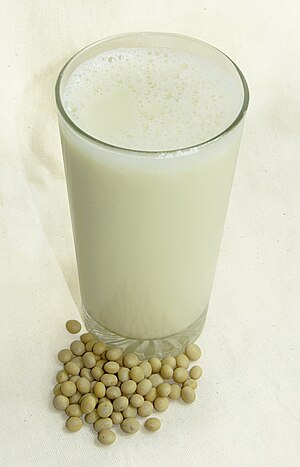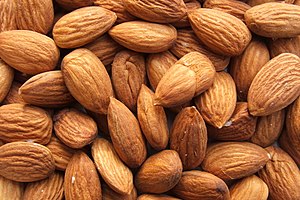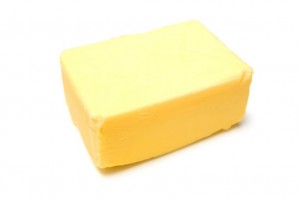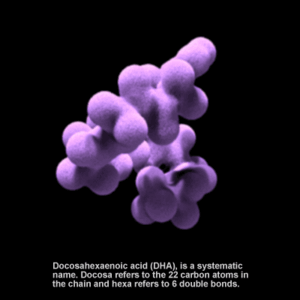
My sister has an outright milk allergy but I can tolerate it so long as I don’t go crazy on the fresh ricotta. That means I’m not without some sensitivity to milk, and pretty much only use it for coffee. So we have always had some milk alternatives in our house. In fact now you can find all kinds of milk alternatives in the refrigerator aisle, from soy to coconut milk. But the prices are high and I was pleased to see that you can make milk substitutes from soy to chickpea to oat milk. If you are allergic, vegan, frugal, keep kosher or just like the taste of different milks, here are some recipes. Note that these may lack the nutritional qualities of dairy milk and that the freshness of the beans or nuts will affect the flavor. Use these in baking if you don’t like the flavor. You can adjust saltiness, sweetness or add vanilla or other flavor if desired. And you can dilute milks that seem too thick with water. Best yet, you usually have some residue that can be used in soups and sauces.
Oatmeal Milk
This is perhaps the easiest milk to make since it requires no cooking. Take one cup of oatmeal and put into a blender. Add a quart of filtered water, cap and blend for a minute. Strain through a fine sieve. Season as you wish (vanilla is nice) and serve or use for baking.
Herbalist’s gloss: I always have oatstraw (the green stalks and immature seeds) in the house for overnight infusions which are rich in minerals and help my nerves. So I will bring a cup of oatstraw in a quart of water to a boil, simmer for 20 minutes and strain out. Top up to a quart and use in place of plain water for a more nutritious oat milk.
Garbanzo Bean (Chickpea) Milk
This can be used for chickpeas, soybeans, chana dahl, or other white beans. Because beans contain antinutrients that can inhibit the thyroid, they require cooking.

Soak 2-3 cups of beans in water overnight, in a large container with enough water to expand the volume by 2-3 times. If you are using a whole bean you can start two days earlier and let the beans start to sprout by draining and rinsing several times a day, but this is not necessary. At least make sure the beans are soft enough bite. Place in a blender and grind into a paste, adding water as needed to make sure there are no chunks left.
Half fill a large pot with water and bring to a boil. The bean milk will tend to boil over so leave room. (If it does, it is pretty easy to clean up.) Add the bean paste, stir well, let simmer just below boiling for 20 minutes, stirring occasionally. Let cool and strain through a fine mesh strainer or squeeze through cheesecloth. Chickpea milk is thicker than soy milk, so depending on your bean, you may need to adjust the cloth and squeeze or put a weight on top (say a plastic container full of water.) You can save the bean residue for falafel or hamburger filler.
Bean texture is an individual thing so I often dilute this down by as much as a third, adding a couple teaspoons of Himalayan salt and sugar or herbal substitute for this quantity. Use your taste as a guide, going slowly.

Herbalist’s gloss: Before blending I crush half of a lo han guo fruit into the blender. This adds a non caloric sweet taste (but it also sweetens the residue.) Lo han guo, Siraitia (formerly Mormordica) grosvenorii, is sold in Chinese herb shops or grocery stores. I find that using stevia causes easy over-sweetening and I’m less fond of the taste,
Almond Milk
This recipe can also be used for cashews, Brazil nuts, hazelnuts and other kinds of tree nuts. Note that California almonds are no longer really raw even if labeled as such, but they work anyway. You can also use the white meat from coconuts. It is more expensive than the bean or oat milks but has important fats and minerals. Fresh nuts are key as fats can get rancid tastes as they age.
Soak 2 cups raw nuts overnight in plenty of water. Drain and add a quart of water. Blend in the blender until milky- if you don’t have a Vitamix or other high power blender, do it in batches then pour back into the blender. Add a little cinnamon, nutmeg and sweetener if desired. Blend again and strain out, wringing through cheesecloth or a cotton towel. The nut residue works well in baking or in a smoothie. This makes a richer milk than the bean or oat milks.
Herbalist’s gloss: I like to mix a handful of cashews into the almonds, and use cinnamon and nutmeg. Honey adds an eggnog flavor.
Your home made milks will last 3-5 days in the refrigerator and probably won’t freeze well, but they can be used in baking when slightly past prime. Since you make them yourself, you can control the amount of water for thickness or taste, as well as added salt, sweetener or spices. Experiment in how you use them, introduce new flavors gradually and don’t be afraid to mix. While I think that chickpea milk tastes like soymilk, and I like different flavors in cereal, hot chocolate or baking, I am not happy with any substitute in coffee.
Related articles
- Make Your Own Soy Milk [Video] (lifehacker.com)
- Homemade Coconut Milk (treasuredtreehouse.wordpress.com)
- Turmeric Sweet Turmeric (acupuncturebrooklyn.com)
- Delicious Anti-inflammatory, Antioxidant, Probiotic, Pain-relieving Dessert (acupuncturebrooklyn.com)





